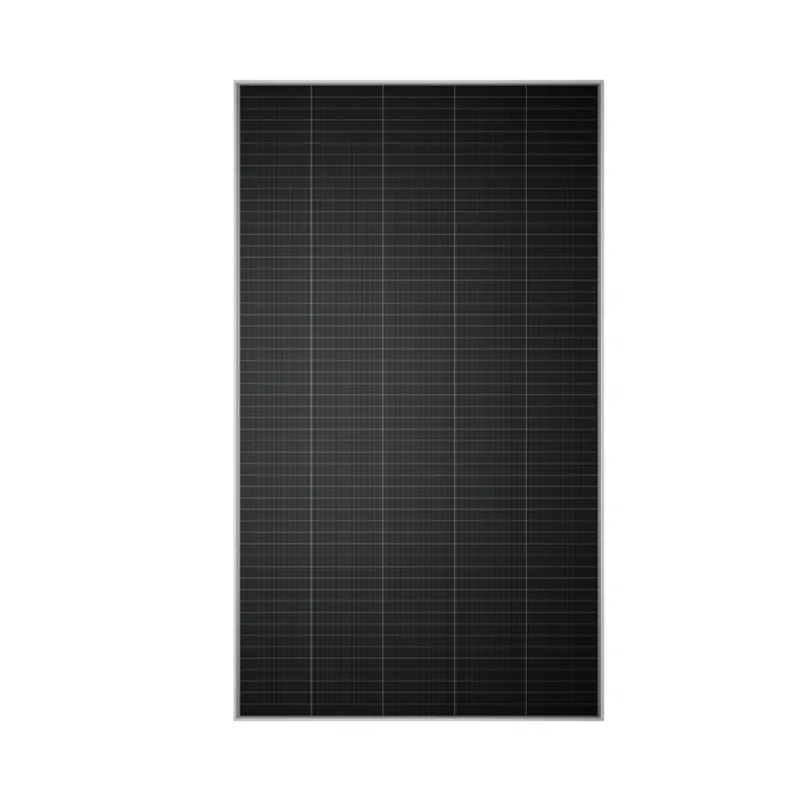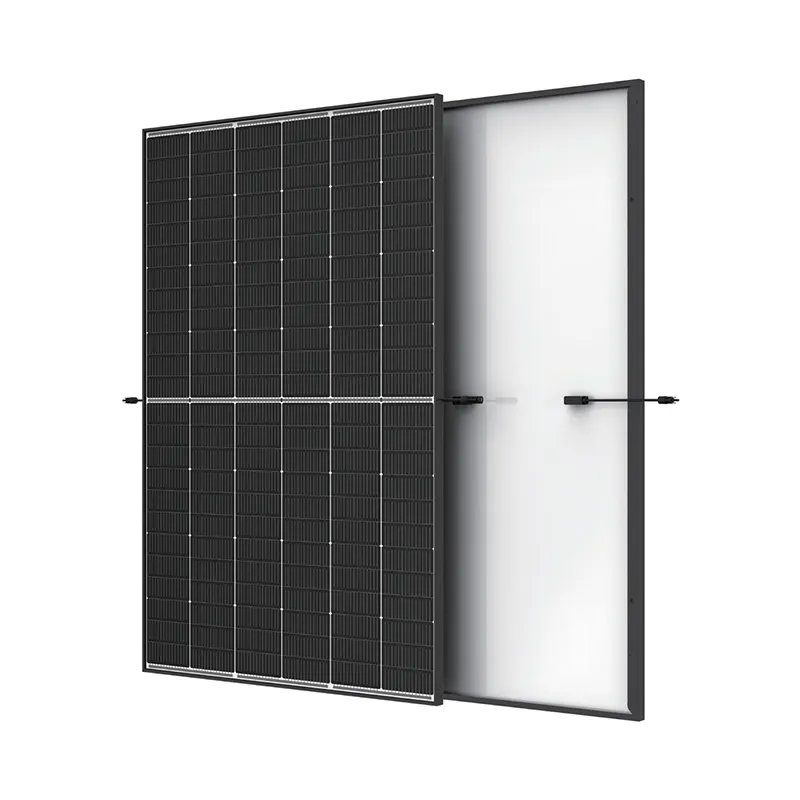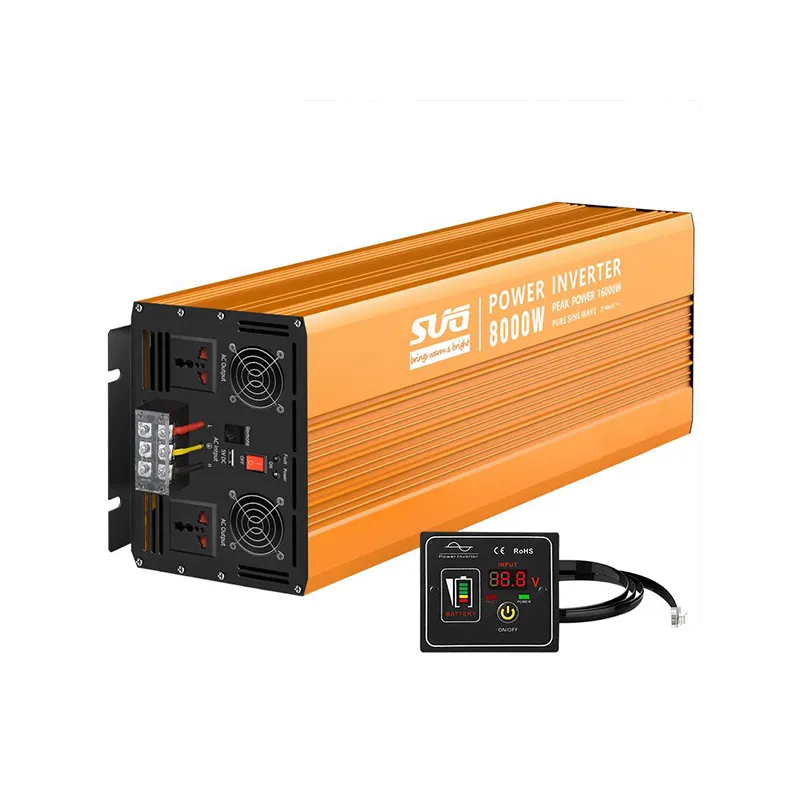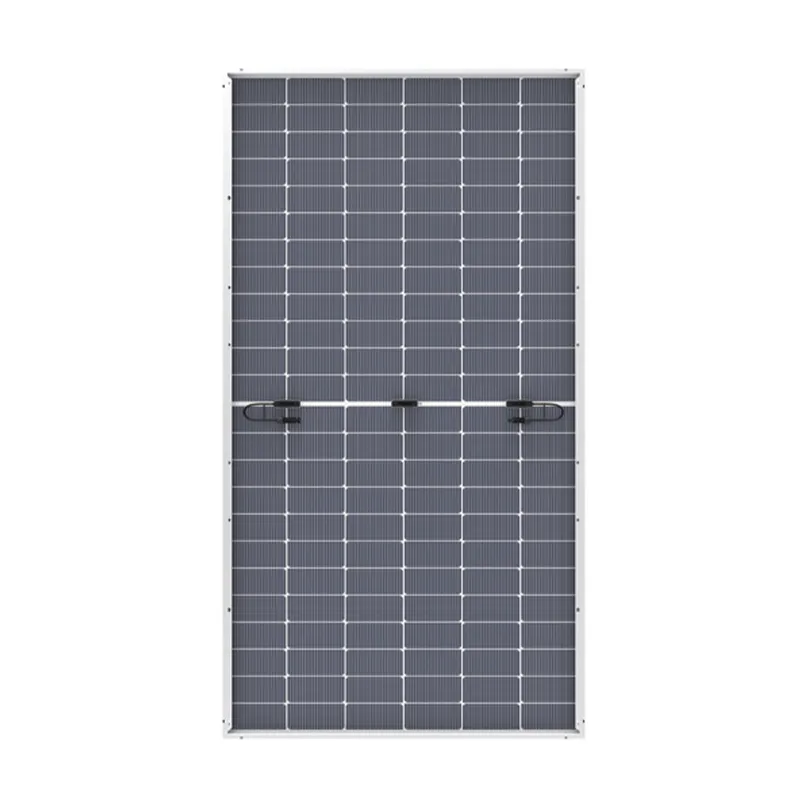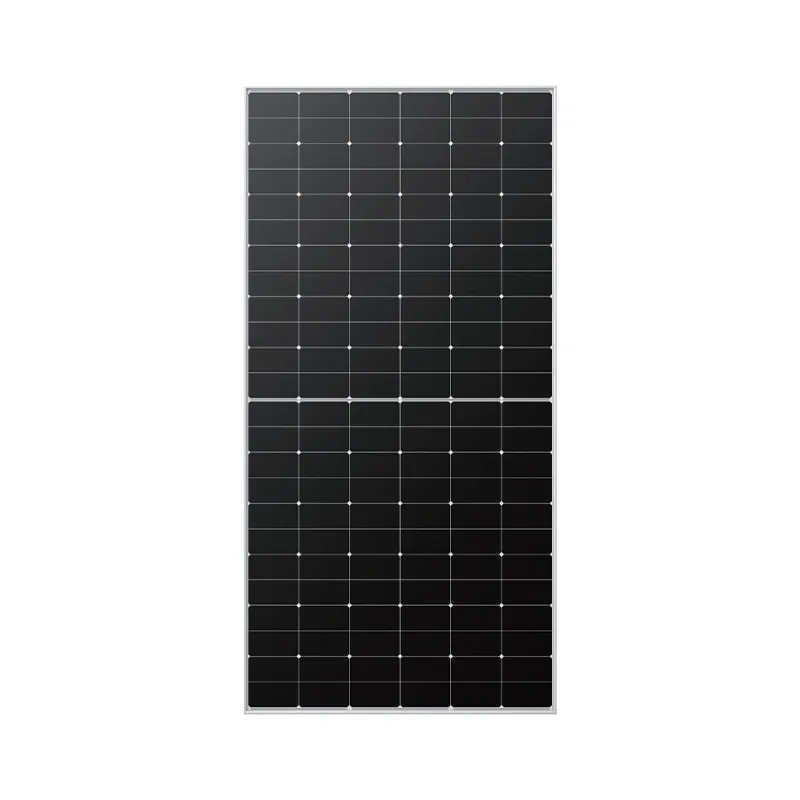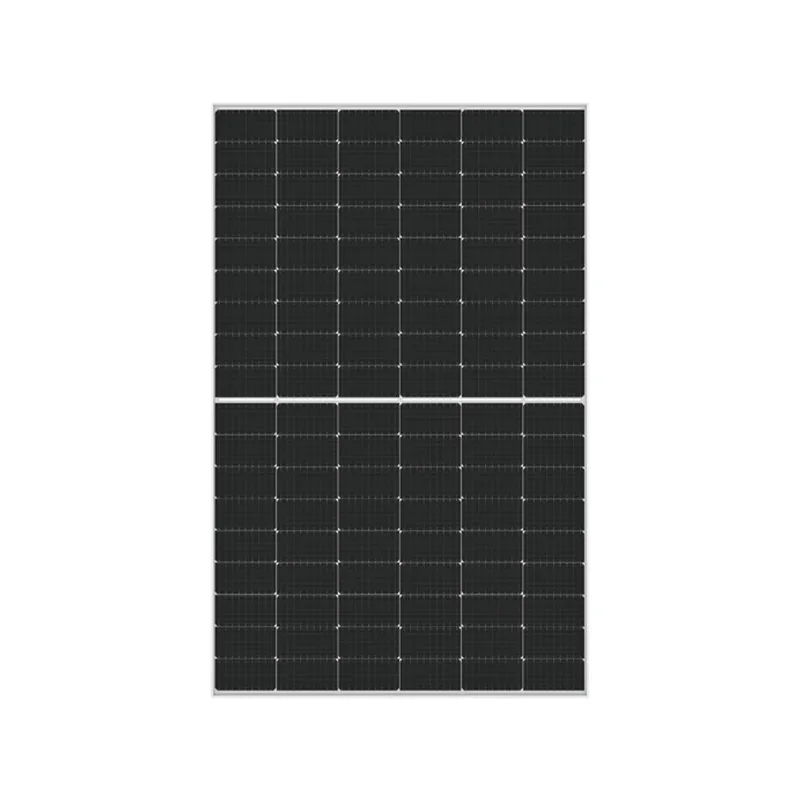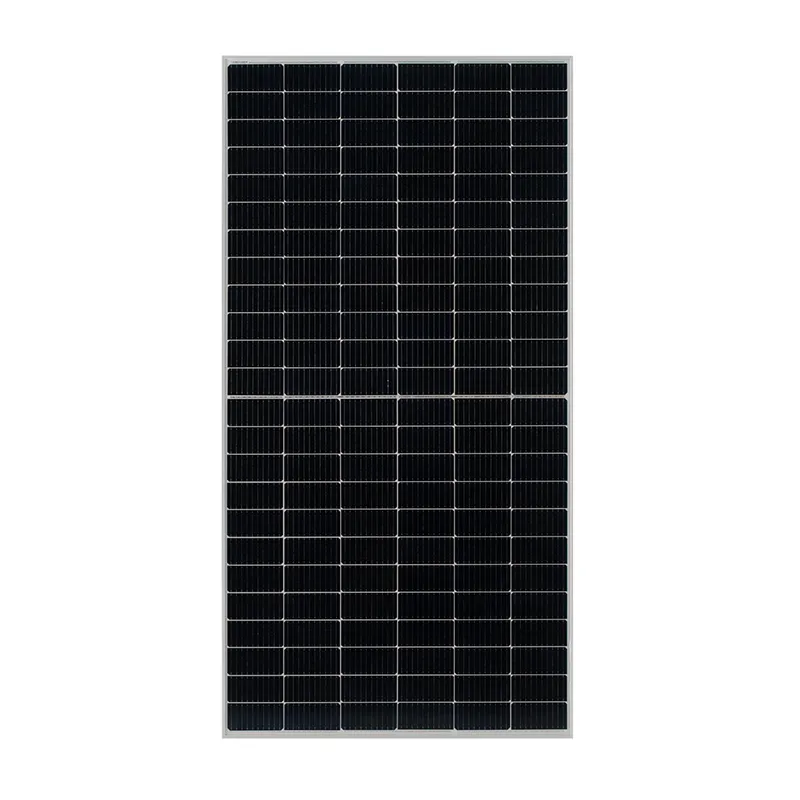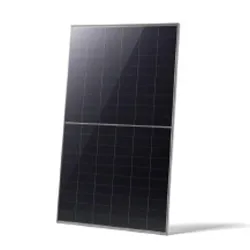solar hybrid inverter installation guide
Solar Hybrid Inverter Installation Guide
As renewable energy sources gain traction worldwide, solar energy has emerged as a favored option for both residential and commercial power needs. A solar hybrid inverter plays a crucial role in optimizing solar energy usage by integrating both solar energy and battery storage systems. This article outlines the essential steps and guidelines for installing a solar hybrid inverter, ensuring you reap the maximum benefits of solar power.
Understanding Solar Hybrid Inverters
A solar hybrid inverter is a versatile device that can convert the DC (direct current) produced by solar panels into AC (alternating current) for household use. Unlike traditional inverters, hybrid inverters can also manage battery storage, allowing users to store excess solar energy for use during non-sunny hours. This flexibility is key to achieving energy independence and reducing electricity bills.
Tools and Equipment Needed
Before starting the installation process, gather all necessary tools and equipment
1. Solar Hybrid Inverter Ensure the inverter is compatible with your solar panel system and battery. 2. Solar Panels Installed and connected by certified professionals. 3. Batteries Lithium-ion or lead-acid batteries depending on your preference. 4. Cables Appropriately gauged cables for DC and AC connections. 5. Mounting Hardware To secure the inverter. 6. Tools Screwdrivers, wrenches, wire strippers, and an electrical tester. 7. Safety Gear Gloves, goggles, and non-slip footwear.
Steps to Install a Solar Hybrid Inverter
Step 1 Site Preparation
Choose a location for the inverter that is cool, dry, and well-ventilated. This helps to ensure optimal performance and longevity. The inverter should be mounted on a sturdy wall or surface, away from direct sunlight and moisture.
Step 2 Turn Off Power Supply
For safety, ensure all electrical circuits are shut off prior to beginning the installation
. This includes the main power supply and any solar system associated circuits.Step 3 Mount the Inverter
Using the mounting hardware, securely attach the inverter to the chosen surface. Ensure the inverter is level and firmly secured. This is crucial to avoid any mechanical failures during operation.
solar hybrid inverter installation guide
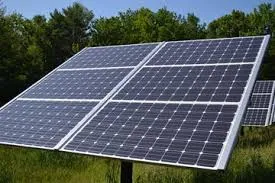
Step 4 Connect Solar Panels
Follow the manufacturer’s instructions regarding the DC input terminals. Connect the solar panels to the inverter using appropriately sized cables. Ensure that connections are tight to prevent any losses or electrical hazards. Use a multimeter to check connections for continuity.
Step 5 Connect the Battery
Connect the battery to the inverter following the manufacturer's guidelines. Ensure the battery is correctly polarized (positive to positive and negative to negative) to prevent damage. Use heavy gauge cables for these connections to handle the higher currents.
Step 6 Connect to Electrical Panel
The next step involves connecting the inverter to your home’s electrical panel. This should only be done by a licensed electrician to ensure compliance with local codes and safety standards. They will need to create a dedicated circuit for the inverter, allowing it to feed power into the household system.
Step 7 Configure Settings
Once all physical connections are complete, power up the inverter. Follow the manufacturer's instructions to configure settings, which may include grid connect options, battery management settings, and preferences for solar power usage.
Step 8 Testing
After configuration, conduct thorough testing to ensure everything is functioning correctly. Check for alarm signals on the inverter and monitor voltage levels to confirm that the inverter is receiving power from the solar panels.
Maintenance and Monitoring
To ensure long-term performance, regularly inspect the inverter for any signs of wear or malfunction. Keep the surrounding area clean and unobstructed to promote airflow. Regular monitoring of energy production and storage will help identify potential problems early.
Conclusion
Installing a solar hybrid inverter can significantly enhance your energy independence and efficiency by utilizing natural solar energy and battery storage. By following this guide and ensuring safety protocols, you’ll be well on your way to enjoying the numerous benefits of solar power technology. Always consult with a professional installer as needed to comply with local laws and regulations. In this era of renewable energy, embracing solar technology is not just an investment in your home but also in a sustainable future.
-
Unlocking Energy Freedom with the Off Grid Solar InverterNewsJun.06,2025
-
Unlock More Solar Power with a High-Efficiency Bifacial Solar PanelNewsJun.06,2025
-
Power Your Future with High-Efficiency Monocrystalline Solar PanelsNewsJun.06,2025
-
Next-Gen Solar Power Starts with Micro Solar InvertersNewsJun.06,2025
-
Harnessing Peak Efficiency with the On Grid Solar InverterNewsJun.06,2025
-
Discover Unmatched Efficiency with the Latest String Solar InverterNewsJun.06,2025
